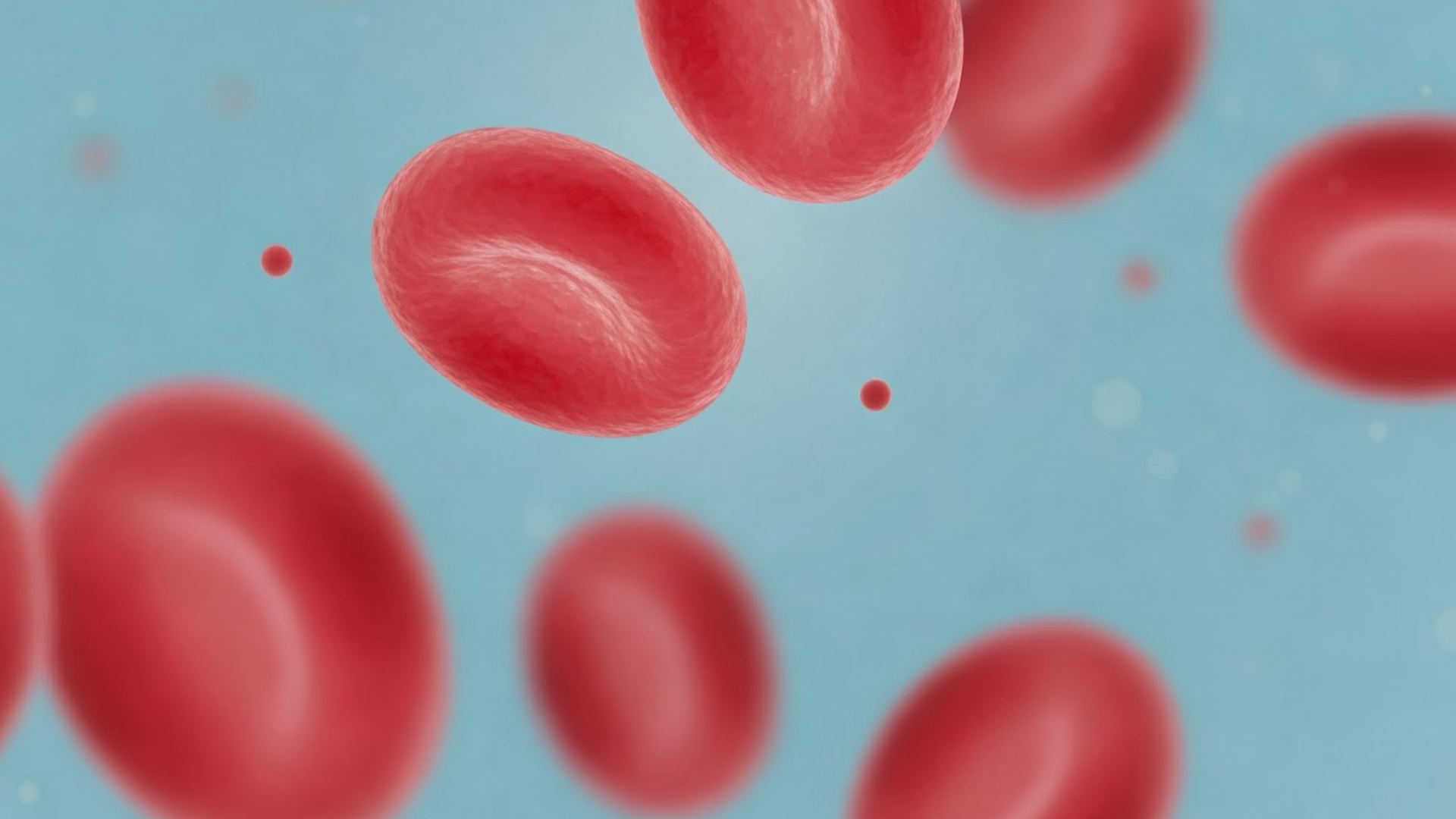How Does Erythropoiesis Work? Understanding Red Blood Cell Formation, Iron, B12, and Folate's Role in Anemia and Polycythemia.
Published on 02/01/2025 · 6 min readErythropoiesis, the process of red blood cell (RBC) formation, is essential for maintaining oxygen transport throughout the body. This intricate process involves multiple factors, including erythropoietin (EPO), iron, vitamin B12, and folate. Understanding these components is crucial for comprehending conditions like anemia and polycythemia.
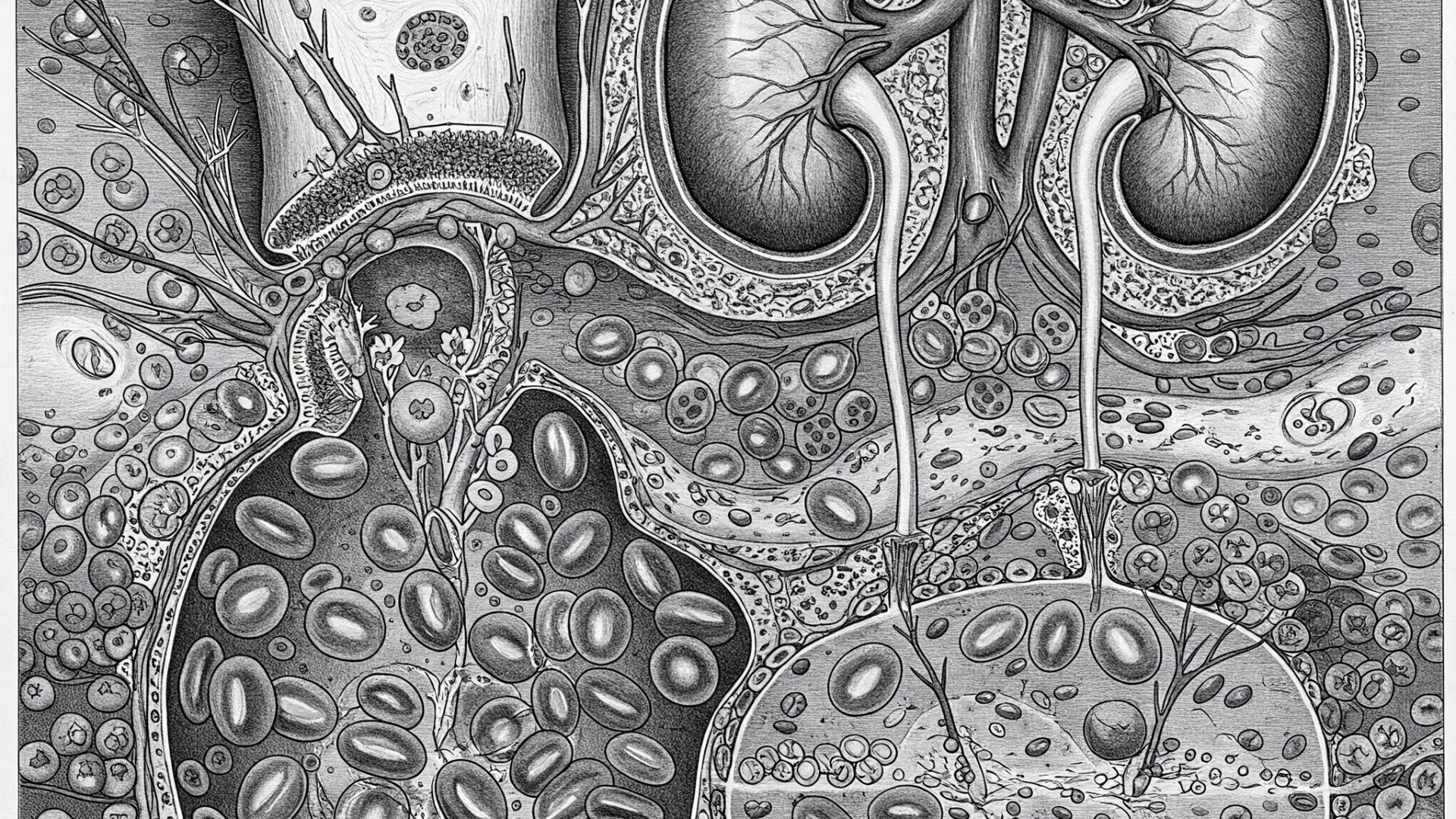
Table of Contents
What is Erythropoiesis?The Role of Erythropoietin (EPO)Iron's Vital ContributionB12 and Folate: Essential for Cell DivisionAnemia vs. PolycythemiaTypes of AnemiaMicrocytic AnemiaNormocytic AnemiaMacrocytic AnemiaPolycythemiaSymptoms and Diagnosis
What is Erythropoiesis?
Erythropoiesis is the formation of red blood cells in the bone marrow. It begins with pluripotent stem cells and progresses through various stages to produce mature erythrocytes. This process is primarily stimulated by EPO, a hormone produced by the kidneys and, to a lesser extent, the liver.
The Role of Erythropoietin (EPO)
EPO stimulates the bone marrow to produce more RBCs. Its secretion is triggered by low oxygen levels (hypoxia) and anemia. Conditions like chronic obstructive pulmonary disease (COPD), high altitude, and kidney disease can affect EPO production.
Iron's Vital Contribution
Iron is a crucial component of hemoglobin, the protein in RBCs that carries oxygen. It is absorbed in the duodenum and transported by transferrin. Iron deficiency can lead to microcytic anemia, characterized by small RBCs.
Citation: Iron Metabolism
B12 and Folate: Essential for Cell Division
Vitamin B12 (cobalamin) and folate (vitamin B9) are essential for DNA synthesis and cell division. Deficiencies in these vitamins can result in macrocytic anemia, characterized by large, immature RBCs. B12 is absorbed in the terminal ileum, while folate is absorbed in the jejunum.
Citation: Vitamin B12 Deficiency
Citation: Folate Deficiency
Anemia vs. Polycythemia
Anemia is a condition characterized by a deficiency of RBCs or hemoglobin, leading to reduced oxygen-carrying capacity. Polycythemia, on the other hand, is an excess of RBCs.
Types of Anemia
Microcytic Anemia
Characterized by small RBCs, often due to iron deficiency.
Normocytic Anemia
Characterized by normal-sized RBCs, often due to acute blood loss or bone marrow failure.
Macrocytic Anemia
Characterized by large RBCs, often due to vitamin B12 or folate deficiency.
Polycythemia
Polycythemia can be relative (due to decreased plasma volume) or absolute (due to increased RBC production). Absolute polycythemia can be primary (e.g., polycythemia vera) or secondary (e.g., due to chronic hypoxia).
Citation: Polycythemia
Symptoms and Diagnosis
Symptoms of anemia include fatigue, pallor, shortness of breath, and dizziness. Diagnosis involves blood tests, including RBC count, hemoglobin, hematocrit, and mean corpuscular volume (MCV).
Understanding erythropoiesis and the factors that influence it is essential for diagnosing and managing conditions like anemia and polycythemia. Proper nutrition, including adequate iron, B12, and folate intake, is crucial for maintaining healthy RBC production.
Shop related blood tests
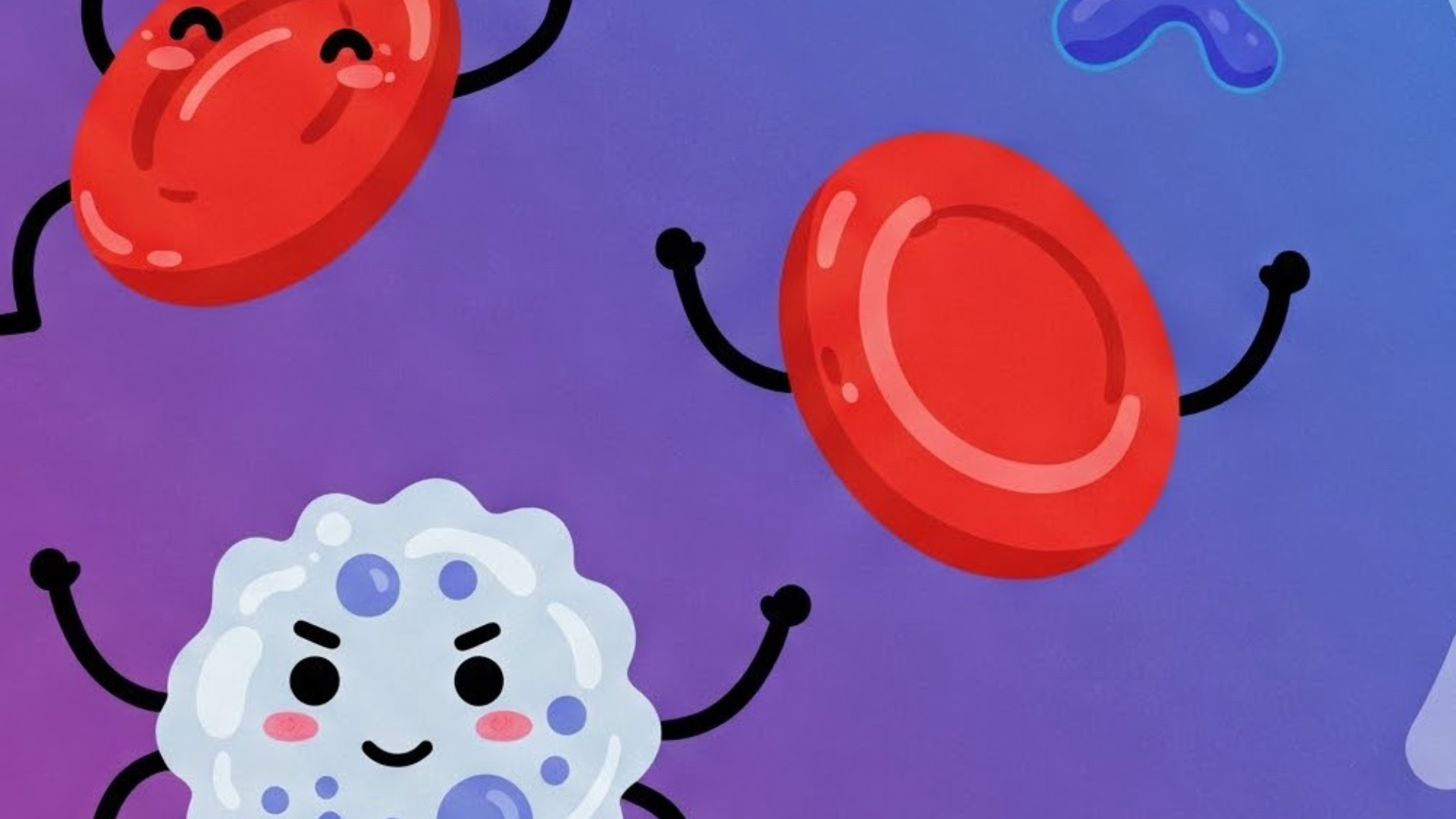
Complete Blood Count (CBC) with Differential and Platelets Blood Test
This is fundamental for evaluating red blood cell parameters, including RBC count, hemoglobin, hematocrit, and MCV, which are essential for diagnosing anemia and polycythemia.
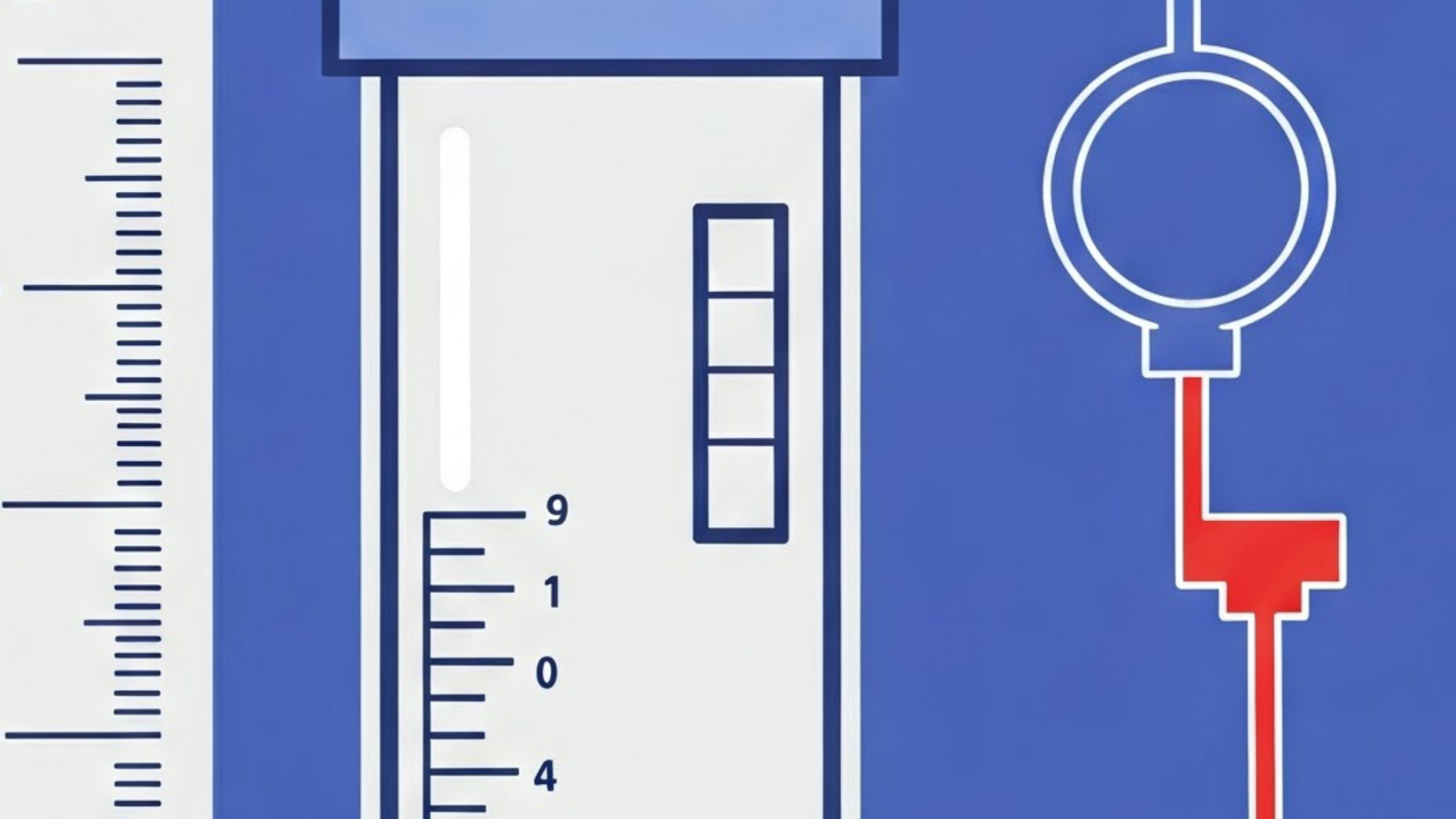
Ferritin, Iron & Total Iron Binding Capacity -TIBC
These tests are crucial for assessing iron status, which is vital for hemoglobin synthesis and diagnosing iron deficiency anemia.
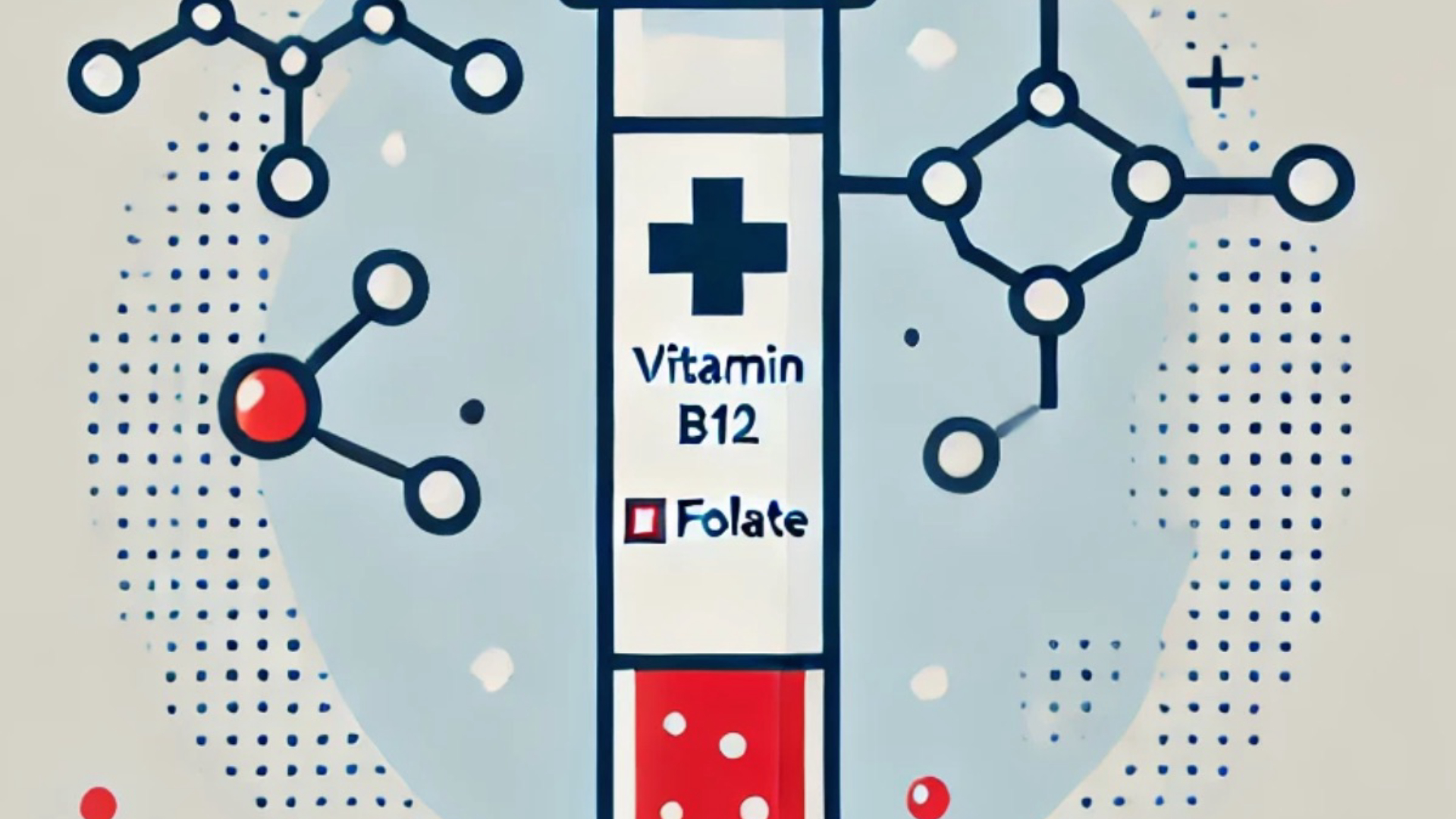
Vitamin B12 (Cobalamin) and Folate Panel, Serum
These tests measure the levels of vitamin B12 and folate, deficiencies of which can lead to macrocytic anemia.
Read next
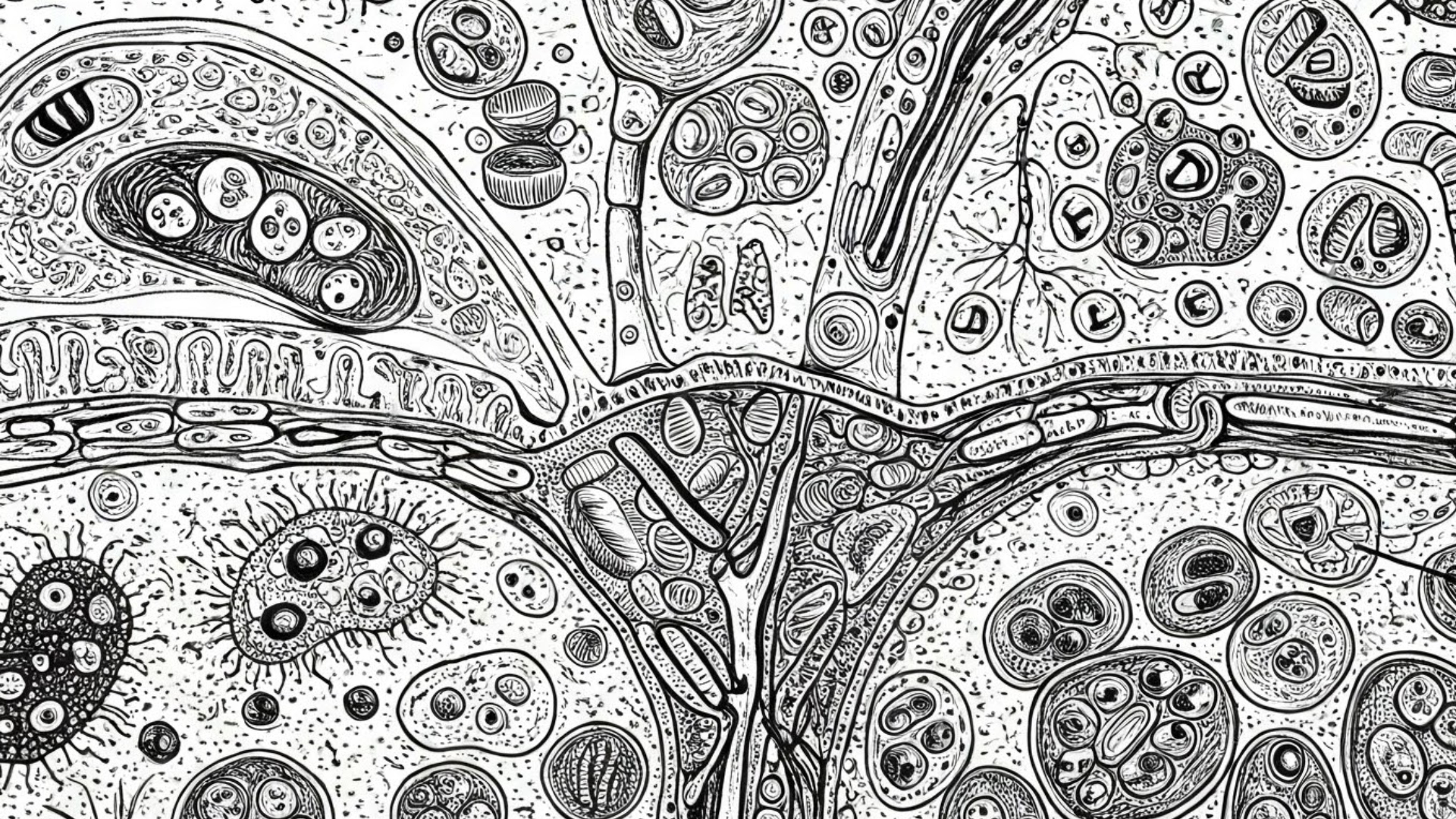 Written on 03/06/2025
Written on 03/06/2025What Are the Core Tenets of Cell Theory, and How Do Prokaryotic and Eukaryotic Cells Differ?
Let's break down the word "biology." As the study of etymology tells us, "bio" means life, and "logy" (from "logos" or "logia") means the study of. So, simply put, biology is the study of life. And what's the basic unit of life? You guessed it – the cell! Our bodies are made up of around 100 trillion cells – pretty mind-blowing, right? Read more
 Written on 02/01/2025
Written on 02/01/2025How Does Erythropoiesis Work? Understanding Red Blood Cell Formation, Iron, B12, and Folate's Role in Anemia and Polycythemia.
Erythropoiesis, the process of red blood cell (RBC) formation, is essential for maintaining oxygen transport throughout the body. This intricate process involves multiple factors, including erythropoietin (EPO), iron, vitamin B12, and folate. Understanding these components is crucial for comprehending conditions like anemia and polycythemia. Read more
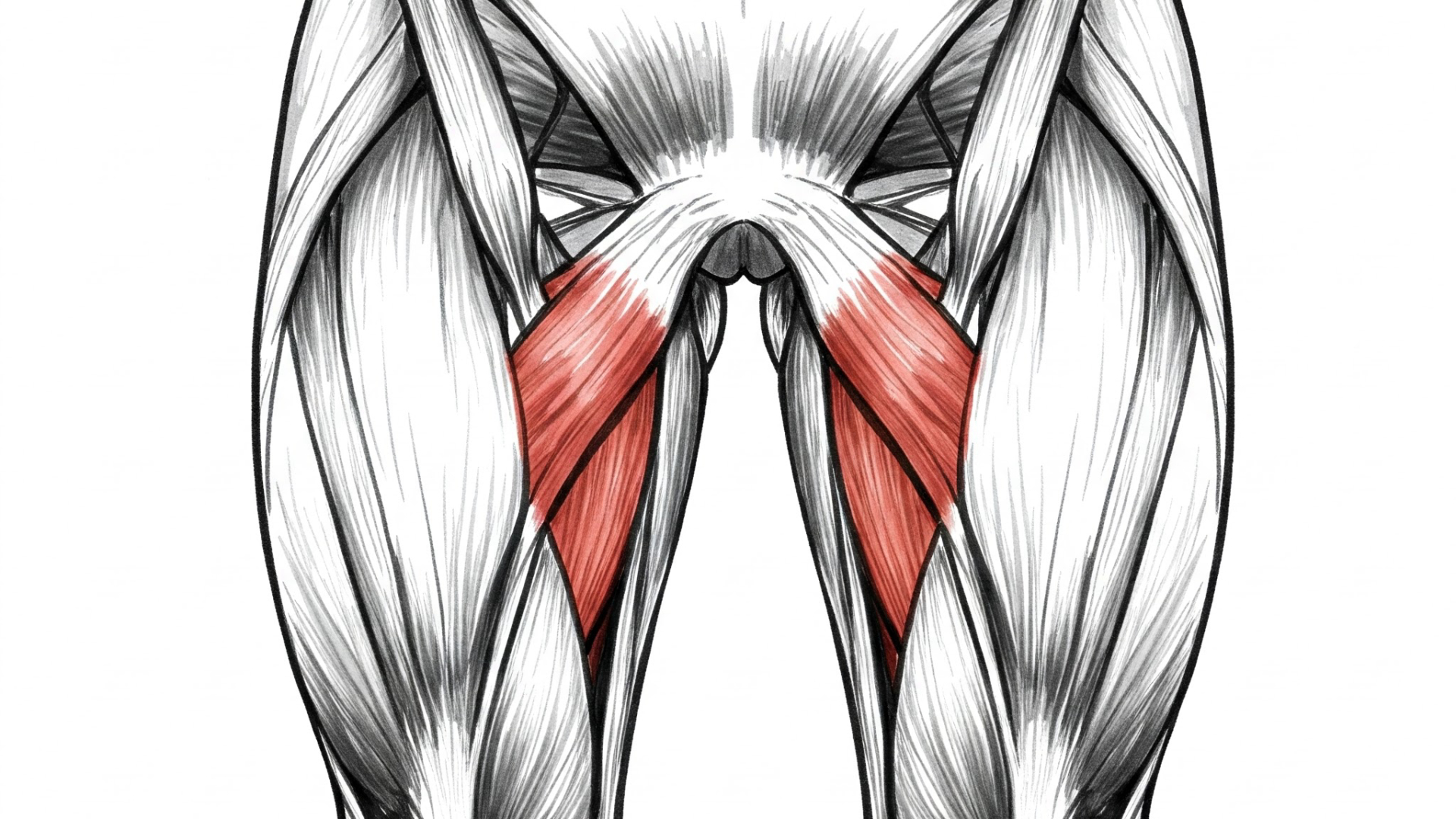 Written on 02/27/2025
Written on 02/27/2025How Do You Determine R vs S Configuration of a Chiral Carbon Based on Atomic Priority and Spatial Arrangement?
In organic chemistry, understanding the spatial arrangement of atoms in a molecule is crucial, especially when dealing with chiral molecules. Chiral carbons, those bonded to four different substituents, can have two non-superimposable mirror images called enantiomers. To distinguish between these enantiomers, we use the R/S system of absolute configuration. But how exactly do we determine if a chiral carbon is R or S? Read more
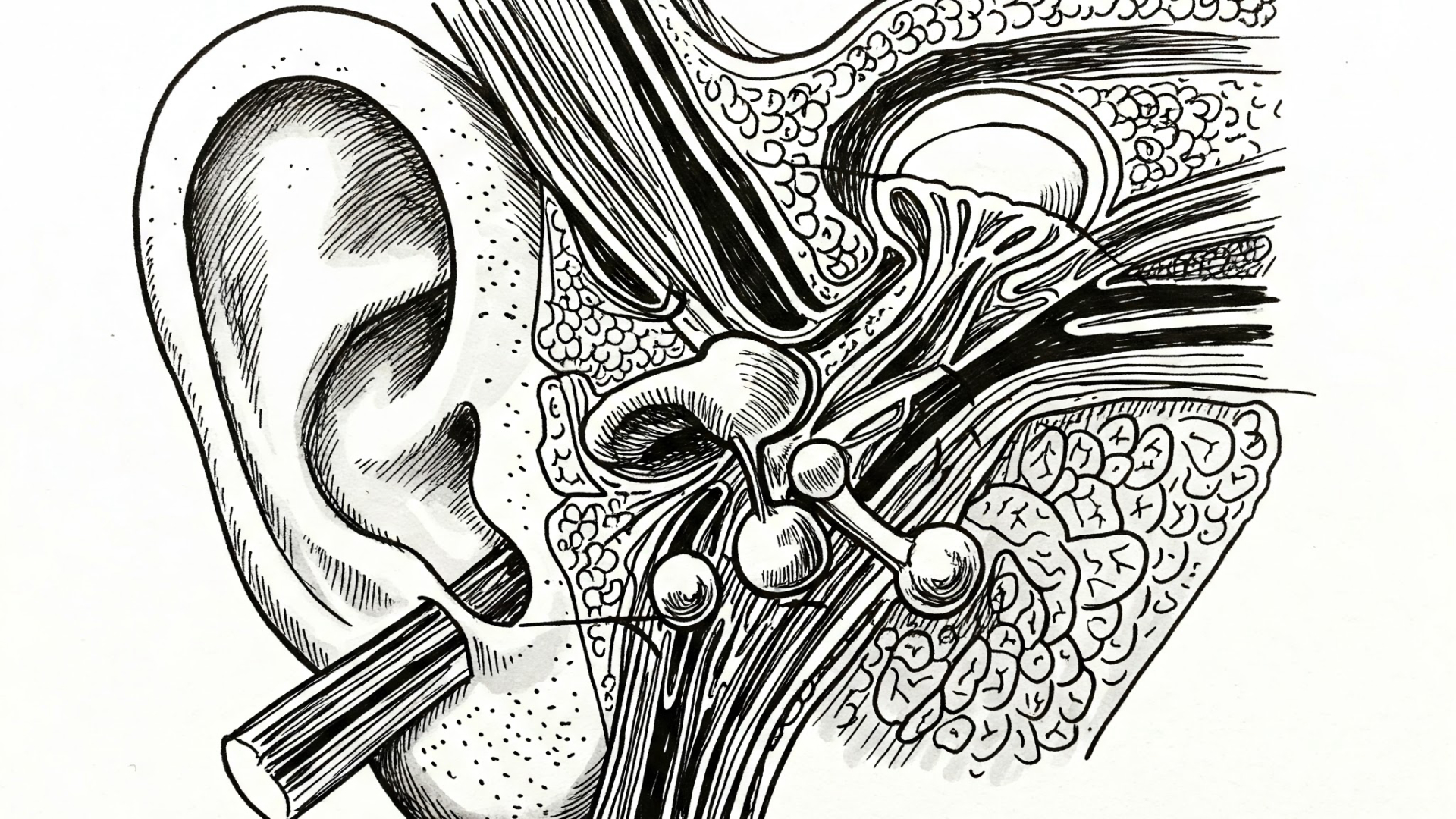 Written on 02/23/2025
Written on 02/23/2025External and Middle Ear Anatomy: How Do Structure and Function Impact Hearing and Common Ear Conditions?
Understanding the anatomy of the external and middle ear is crucial for comprehending how we hear and why certain ear conditions develop. This blog post delves into the key structures and their functions, highlighting common issues like swimmer's ear and eardrum perforation. Read more
